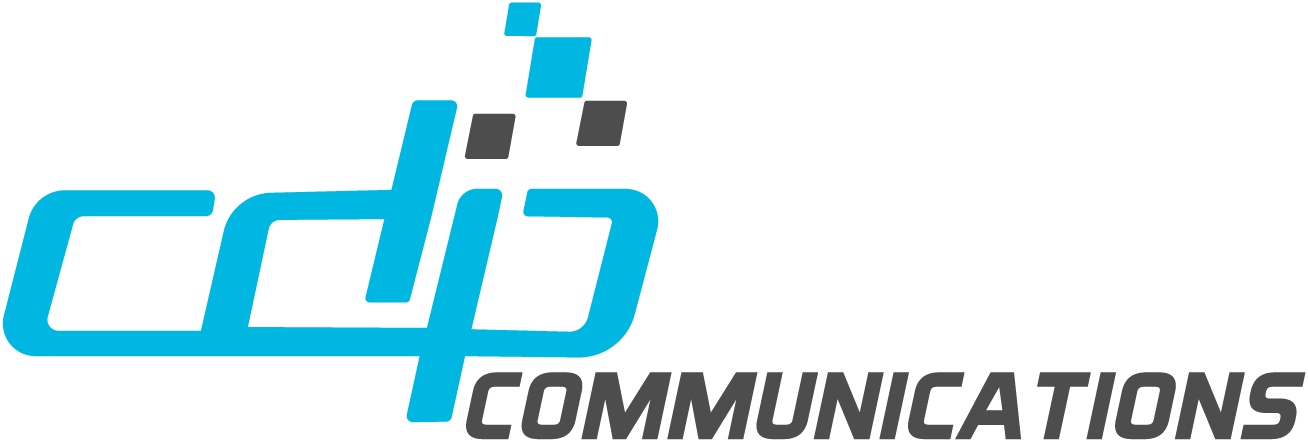Manual or subset testing is no longer responsible document QC when automated tools like STREAMdiff and DocDiff exist.
Why Manual Document QA Fails in Modern Workflows
Many organizations still rely on manual quality assurance processes or outdated comparison tools. These legacy approaches create serious risks in the review of transactional documents and enterprise documents.
Missed Errors in Critical Content
Manual reviews often miss important errors in logic, data, or layout. This is especially true when reviewing PDFs, where dynamic data like policy numbers or claim amounts must be exact.
Too Many False Positives
Traditional visual compare tools flag every small change from spacing to barcode shifts. Most of these are harmless. Without intelligent filtering, teams waste hours reviewing false positives. Worse, they may miss actual content issues.
CDP’s powerful QC automation tools: STREAMdiff and DocDiff, solve this challenge through the use of Acceptance Rules. These rules automatically filter out expected or previously approved changes, preventing them from being flagged in future comparisons. The result is more accurate testing and significantly reduced review time.
Low Cost Tools Cannot Scale
Free or lightweight tools might help with a single PDF file. But when comparing hundreds or thousands of documents across multiple formats these tools fail. You need software that can batch test, automate, and scale.
QA Delays Hurt Speed and Quality
Manual QA slows development cycles. This leads to delays in customer communications or compliance filings. And rushed reviews can cause costly errors.
Human Inconsistency
Different reviewers spot different issues. Automated comparison tools like STREAMdiff and DocDiff enforce consistent rules across all documents.
Legal and Regulatory Risk
Missing even one change in a customer facing document like a billing statement or insurance policy can have legal consequences. Compliance with PDF/UA, ADA, Section 508, AODA, and WCAG standards is essential.
Privacy and Data Security Concerns
Many teams outsource QA offshore which exposes customer data to unnecessary risk. With on premises solutions like DocDiff and STREAMdiff your data stays secure behind the firewall.
Subset Testing Is Not Enough
Some teams only test a few sample documents and assume the rest are fine. This approach is outdated and risky. Now that scalable and automated comparison tools exist, continuing to rely on partial or manual testing is not only inefficient, it is irresponsible. Full dataset testing is the only reliable way to ensure document quality, compliance, and customer trust.
STREAMdiff: Visual Comparison at the Pixel Level
STREAMdiff compares documents visually right down to the font and pixel. It identifies any changes that affect how the document appears.
Best Use Cases for STREAMdiff
- Confirming that layout and formatting have not changed
- Verifying daily or batch outputs for accuracy
- Detecting pixel level changes after software updates
- Confirming identical output during disaster recovery
- Validating documents after a server or system migration

STREAMdiff Does More Than Visual Checks
STREAMdiff reads both the original and modified documents including PDF, AFP, Metacode, PDF, Line data, and others. It flags any visual change including:
- Font substitutions
- Image changes
- Line spacing differences
- Barcode placements
- Footer or header shifts
This makes it the ideal tool when visual fidelity must remain consistent.
Built In PDF Accessibility Checker
STREAMdiff includes a PDF/UA compliance checker that validates documents against ISO 14289.
It supports regulatory compliance with:
- ADA
- Section 508 and 504
- WCAG
- AODA
- EAA
This allows teams to verify that documents meet accessibility standards directly within STREAMdiff as part of the overall QA process. For large-scale, automated conversion of documents to PDF/UA, use ADEPT UA.
DocDiff: Smart Comparison for Reflowed and Redesigned Documents
When a document layout changes the content may still be correct but in a different order or flow. DocDiff compares documents based on paragraph structure not just visual alignment.
Best Use Cases for DocDiff
- Migrating to a new composition engine
- Redesigning documents to meet new compliance requirements
- Changing layouts to meet branding or accessibility needs
- Validating transactional documents with added or removed content

How DocDiff Works
DocDiff reads both the original and modified documents including PDF, AFP, Metacode, PDF, Line data, and others. It identifies changes in the flow of content and focuses on:
- Paragraph order and structure
- Business logic validation
- Content accuracy across pages
- Acceptable differences using rules and masking
It also supports batch processing so you can test thousands of documents at once.
DocDiff Supports Smarter Regression Testing
DocDiff is ideal for regression testing. It ensures that only intentional changes are present even when document structure shifts. This makes it a top choice for ongoing development validation.
When to Use STREAMdiff and When to Use DocDiff
Many companies benefit from using both tools depending on the situation. Here’s how to decide:
| Scenario | use STREAMdiff | use DocDiff |
| Final output must match exactly (font, position, layout, branding) | Yes | No |
| Document content has reflowed or structure has changed (e.g. new paragraphs, updated layout, fixed widows/orphans) | No | Yes |
| Migrating to a new composition engine or platform | Yes | Yes |
| Validating business logic and data correctness (e.g. totals, calculations, policies) | Yes | Yes |
| Comparing high volumes of transactional or enterprise documents (batch mode) | Yes | Yes |
| Regulatory or compliance-driven testing (accessible PDF/UA validation) | Yes | No |
| Nightly or automated regression testing (with tolerance filters and acceptance rules) | Yes | Yes |
| Disaster recovery or environment migration testing (server move, version upgrade) | Yes | No |
| Comparison of and between document formats: PDF, AFP, Metacode, Line Data, PCL, PostScript, Text, XML | Yes | Yes |
Best Practices for Using STREAMdiff and DocDiff
To get the most value from your tools follow these QA best practices.
Let Business Users Define the Changes
Let business teams identify what differences are expected. This ensures the tools focus on what matters.
Run Tests Early and Often
Do not wait until release day. Run tests early in development to catch issues sooner.
Use Full Dataset Testing
Never assume a small sample is enough. STREAMdiff and DocDiff support batch runs. Use them to test everything.
Apply Filtering Rules
Use Acceptance Rules to ignore barcodes, dates, or other non essential differences.
Automate Regression Testing
Integrate both tools into your deployment pipeline. Automate comparisons with every release.
Archive Test Results
Keep difference reports for audits, compliance tracking, and internal sign offs.
Additional Benefits Include Speed, Security, and Simplicity
Keep QA In House
With automation there is no need to outsource document QA. Both tools reduce the technical lift so your local team can manage testing.
Fast On Premises Execution
STREAMdiff and DocDiff run securely within your firewall. This protects customer data and ensures compliance with data handling rules.
Real Time Results
Both tools generate results in seconds or minutes. This improves agility and shortens the release cycle.
Why STREAMdiff and DocDiff Work Better Together
These tools are built to complement each other. While STREAMdiff provides pixel perfect visual checks DocDiff focuses on content validation.
Together they create a full spectrum QA strategy:
- STREAMdiff ensures the compared documents are the same with tolerance for expected differences.
- DocDiff ensures the content in the compared documents match even when it re-flows or has layout changes.
Both tools support:
- PDF/UA compliance testing
- Transactional document validation
- Automation and batch execution
- On premises secure processing
Summary: Smarter Document QA Starts Here
If your team struggles with slow QA, missed errors, or unreliable tools it is time to upgrade. STREAMdiff and DocDiff provide the accuracy, speed, and confidence you need to release high quality compliant documents at scale.
Ready to eliminate document QA headaches?
STREAMdiff confirms visual accuracy and accessibility compliance
DocDiff validates content even with re-flow and re-design
Use both to achieve the most secure accurate and automated document testing process available
Manual or subset testing is no longer responsible document QC when automated tools like STREAMdiff and DocDiff exist.
Ready to bring consistency, accuracy, and speed to your document QC process?
Let us show you how automated tools like STREAMdiff and DocDiff can replace manual testing and eliminate missed errors.
Contact us today to schedule a live demo.



